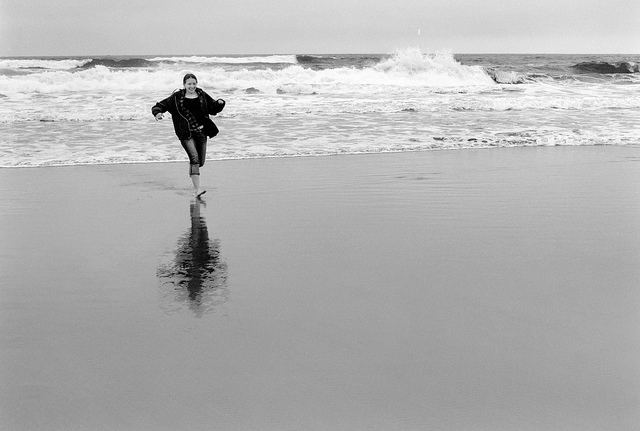Occasionally I come across an article on writing that's so good I have to share it. 15 Unconventional Story methods by Richard Thomas is one such article.
By "story methods" the author doesn't mean genre versus mainstream nor is he discussing the difference between stories of various lengths (though this is his 10th point). He is referring to the different forms a story can take. Doubtless, some of these you'll be familiar with--the epistolary form, for example--and some you might not--a story consisting of nothing but dialogue.
Let's dive in!
Different Forms A Story Can Take
1. Vignette
A vignette is not a complete story. Richard Thomas writes that it gives the reader "an image of a person, place, or idea" but there's no traditional plot, there's no conflict set up or resolved. This is not a story, it's a writing fragment.
When I was a kid I wrote a lot of these. Wonderful writing practice! Also, I could see something like this being used for effect as a part of a larger work.
2. Slice of Life
The slice of life story is more like a story than the vignette, but it still isn't a story as we traditionally think of it. For one thing it's generally incomplete and, as Richard Thomas writes, "focuses on the common, a random (or seemingly random) series of moments, scenes, and observations that do not always add up to a complete story—with resolution, and a set plot."
I've watched a number of art-house movies that have this feel. I've found that this form can be very effective in communicating a mood.
3. List
I haven't read many list stories, stories in which the events form a part of an ordered whole. For instance, Richard Thomas writes that:
"[T]ypically, it [a list story] is broken up into either numbered scenes, or a collection of objects or ideas under one concept. I’ve written a few list stories in my time. One of the first was “Twenty Reasons to Stay and One To Leave,” which had twenty-one total observations on a relationship that is doomed to end after a husband and wife lose a son. A lot of list stories have an actual number in the title, but it isn’t mandatory."
4. Epistolary
I've loved the epistolary form every since I read Dracula, a story told entirely through a series of letters/journal entries. But the form is versatile and has expanded to include emails, tweets, voice mail, and so on. Experiment!
5. All dialogue
This is just what the name suggests: a story written completely in dialogue. I've never read anything like this, but I want to! Richard Thomas writes:
"It’s very difficult to make this work, but it can be a lot of fun. How do you create setting? Well, they have to talk about it, right? It’s the same for your plot, conflict, and resolution."
6. Choose your own path
These can be fun when well done and, in any case, can lead to great discussions afterward. I heard that, years ago, someone was thinking of producing a movie where the audience voted on which ending they wanted to see. Of course it can be more fine-grained than that. Richard Thomas writes:
"You get to the end of a chapter and it gives you some options: If you want to open the door, go to page 12; If you want to stay and wait for the police, go to page 18; If you want to make a phone call, go to page 22."
7. Metafiction
Metafiction is wonderful when it's well done. This kind of writing "self-consciously and systematically draws attention to its status as an artifact in posing questions about the relationship between fiction and reality, usually using irony and self-reflection (Wikipedia, Metafiction).”
Richard Thomas points out that Stephen King's book Misery is a work of metafiction since it is "a story about a writer creating a story". Also, The Princess Bride--one of my all time favorites--is a work of metafiction because it is "a story about a reader reading a book".
Anything that breaks the fourth wall is metafiction.
I'll let you read the rest of the points over at litreactor.com. 15 Unconventional Story Methods is a wonderful article, especially if you're looking for an idea for your next story.
Happy writing!
Photo credit: "life's a beach" by Robert Couse-Baker under Creative Commons Attribution 2.0.


It was interesting to read about the Different Forms A Story Can Take, but as a reader I had just one way to dive in a story. Its the identification with the main character and making the subtext of the story to the chronicle of personal day-to-day walk.
ReplyDeleteBest wishes from Arthiker